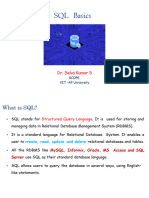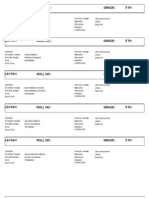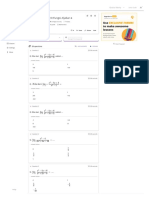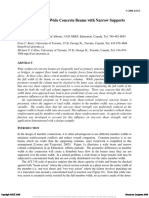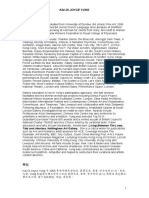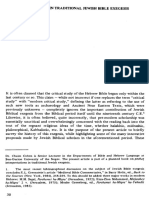0% found this document useful (0 votes)
10 views6 pagesUnit 1 DBMS
The document outlines various types of database management system (DBMS) languages, including DDL, DQL, DML, DCL, and TCL, along with their common commands and syntax. It provides examples for each command type, such as creating tables, inserting data, and managing permissions. Additionally, it highlights important SQL commands and their descriptions for effective database manipulation.
Uploaded by
nitinmmali09Copyright
© © All Rights Reserved
We take content rights seriously. If you suspect this is your content, claim it here.
Available Formats
Download as DOCX, PDF, TXT or read online on Scribd
0% found this document useful (0 votes)
10 views6 pagesUnit 1 DBMS
The document outlines various types of database management system (DBMS) languages, including DDL, DQL, DML, DCL, and TCL, along with their common commands and syntax. It provides examples for each command type, such as creating tables, inserting data, and managing permissions. Additionally, it highlights important SQL commands and their descriptions for effective database manipulation.
Uploaded by
nitinmmali09Copyright
© © All Rights Reserved
We take content rights seriously. If you suspect this is your content, claim it here.
Available Formats
Download as DOCX, PDF, TXT or read online on Scribd
/ 6






















































